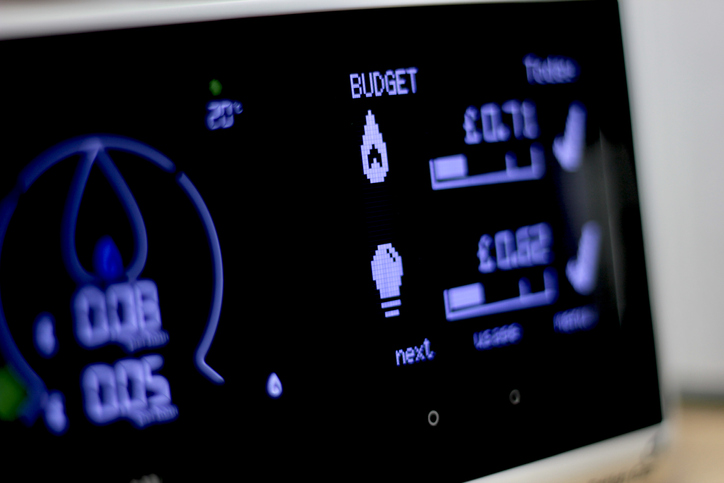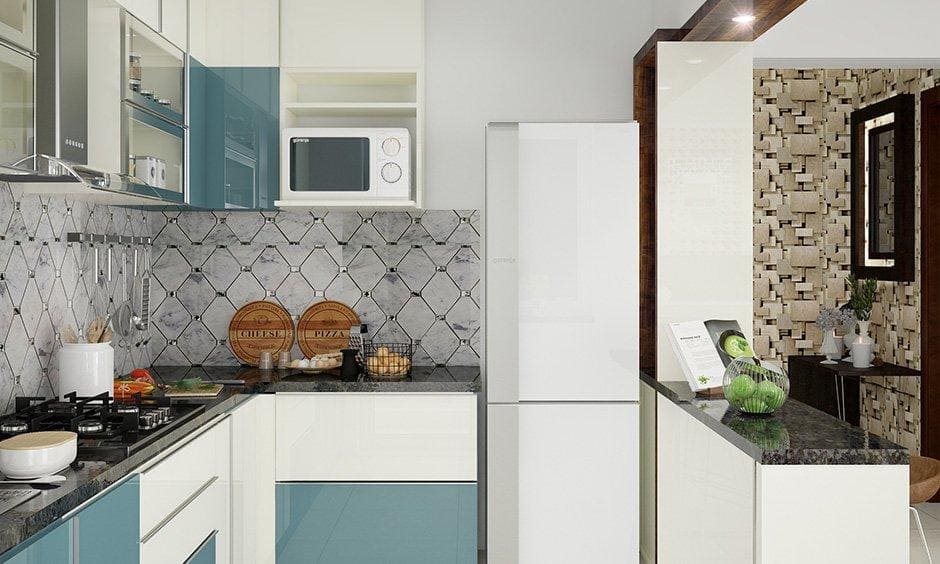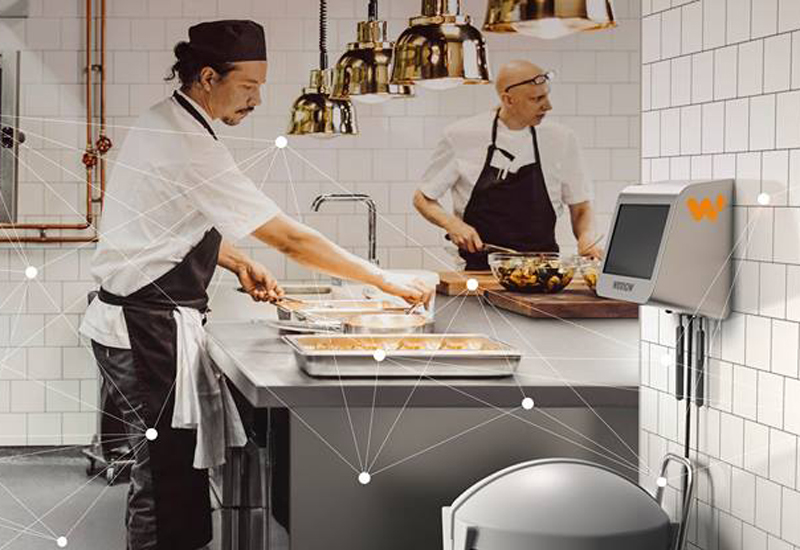In today’s fast-paced world, the demand for creating smarter homes is on the rise. However, many people are under the impression that setting up a smart home requires a hefty investment. Fortunately, there are numerous low-cost home automation devices available that can transform your living space into a smart haven without breaking the bank. This article delves into the world of affordable smart devices, offering insights and guidance for those looking to enhance their homes on a budget.

Understanding Home Automation
Home automation refers to the electronic and automatic control of household features, activities, and appliances. In simple terms, it means using technology to control and automate everyday tasks in your home. From lighting and heating to security and entertainment systems, smart home automation makes life more convenient and efficient.
Why Choose Low-Cost Solutions?
The primary reason to consider low-cost home automation devices is affordability. These devices allow homeowners to enjoy the benefits of smart technology without making a significant financial commitment. Furthermore, they are often easy to install and integrate with other devices, making them accessible to everyone, from tech-savvy individuals to beginners.
Benefits of Home Automation
Home automation offers numerous benefits, including increased convenience, enhanced security, and improved energy efficiency. By automating tasks such as turning off lights, adjusting thermostats, or monitoring security cameras, homeowners can save time, reduce energy consumption, and gain peace of mind. For more detailed information on the benefits, you can visit Investopedia’s smart home guide.
Top Low-Cost Home Automation Devices
There is a wide array of low-cost home automation devices available on the market today. Here are some of the most popular budget-friendly options:
1. Smart Plugs
Smart plugs are an affordable entry point into home automation. These small adapters fit into your existing power outlets, allowing you to control any plugged-in device remotely via a smartphone app. Whether it’s turning off the coffee maker or scheduling the lights, smart plugs offer great flexibility.
2. Smart Bulbs
Smart bulbs are another cost-effective way to automate your home. These energy-efficient light bulbs can be controlled using a smartphone or voice assistant, letting you adjust brightness, change colors, and schedule lighting routines. They are easy to install and require no additional hardware.
3. Smart Speakers
Smart speakers, such as Amazon Echo or Google Home, offer a hands-free way to control other smart devices in your home. These voice-activated assistants can manage everything from playing music to setting reminders and controlling smart home devices. Find more about the integration of smart speakers here.
4. Smart Thermostats
While smart thermostats may have a higher initial cost compared to other devices, they save money in the long run by optimizing energy usage. These devices learn your schedule and preferences, automatically adjusting the temperature to save energy and keep your home comfortable.
5. Security Cameras
Affordable security cameras provide peace of mind by allowing you to monitor your home remotely. Many budget-friendly options offer features like motion detection, night vision, and cloud storage. Learn more about maintaining these systems here.
Installation and Integration Tips
Setting up and integrating multiple low-cost home automation devices can initially seem daunting, but with the right approach, it can be a smooth process.
1. Start Simple
Begin with a few devices that align with your needs and budget. This approach allows you to gradually learn and expand your smart home system without feeling overwhelmed.
2. Use Compatible Devices
Ensure that the devices you choose are compatible with each other and your existing systems. This compatibility is crucial for seamless integration and operation.
3. Utilize Smart Hubs
Smart hubs can centralize control of various devices, making it easier to manage your smart home. They act as a bridge between devices, facilitating communication and coordination. For more in-depth tips on setting up a smart hub, check out this guide.
Potential Challenges
While the benefits of home automation are numerous, there are some challenges to consider.
1. Security and Privacy Concerns
Connecting multiple devices to a network can expose your home to security risks. It’s essential to use strong passwords and keep your devices updated to protect against cyber threats.
2. Network Issues
As you add more devices, your home network may experience increased load, leading to slower performance. Consider upgrading your internet plan or using a mesh network to handle the additional demand. For troubleshooting tips, visit this page.
Future of Home Automation
The future of home automation is promising, with advancements in technology making devices more affordable and accessible. As more people embrace smart home technology, the market will continue to grow, leading to even more innovative and cost-effective solutions.

Frequently Asked Questions
1. What are the most affordable smart home devices?
Some of the most affordable smart home devices include smart plugs, smart bulbs, and smart speakers. These devices provide excellent functionality without a high price tag.
2. Can I install smart devices myself?
Yes, most smart devices are designed for easy installation and can be set up by homeowners without professional help.
3. How do I ensure my smart home is secure?
To ensure your smart home is secure, use strong passwords, enable two-factor authentication, and regularly update your devices to protect against security vulnerabilities.
In conclusion, low-cost home automation devices offer an excellent opportunity to transform your living space into a smart home. By choosing affordable options and following best practices for installation and security, you can enjoy the benefits of a smart home without the high costs. For more smart home ideas, visit this blog.





